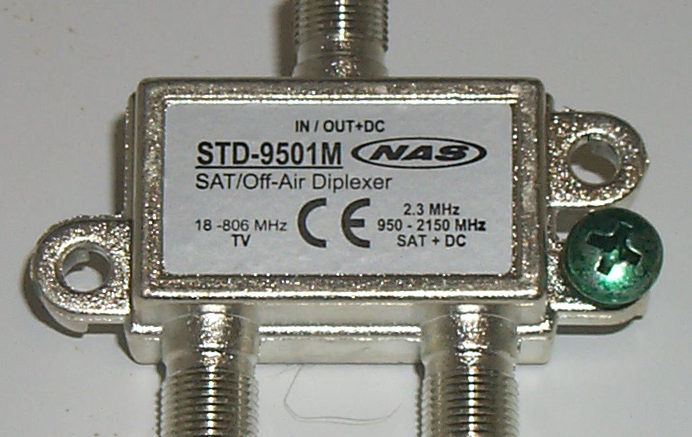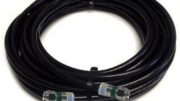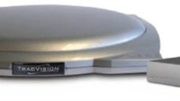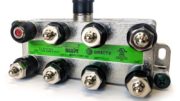This is the NAS STD-9501M diplexer. It’s an essential part of a DIRECTV Residential Experience (DRE) system. But, it’s also a misunderstood part. Let’s take a look at what a diplexer does and how you should be using one.
The purpose of a diplexer is to allow you to use two different cables and combine their signals into one cable. This is done sometimes to allow off-air or cable signals to coexist with satellite lines. In the case of a DRE setup it is used to connect the broadband DECAs.
Why use a diplexer?
In other installations, the line to the broadband DECA comes straight from a splitter. In DRE installs we use a diplexer, because the broadband DECA is usually located in the IDF closet close to the switch. Using the diplexer instead of using one line from the splitter allows us to feed eight rooms from one splitter instead of 7.
Using the diplexer is easy. Run the line from the SWM into the port labeled 2.3MHz/950-2150MHz/SAT+DC. These are the key frequencies needed to carry the video and audio information. Run the coax line from the broadband DECA into the port labeled 18-806MHz/TV. Run a line from the IN/OUT/DC port to the 8-port splitter.
Why does this work?
The signal used to manage DRE is located at 550MHz, just like the whole-home viewing signal used in residential installations. Because it falls between 18 and 806MHz, the NAS-STD-9501M diplexer, which was originally designed for off-air antenna use, can also be used for this purpose.
Note: Using the off-air port on a SWM32 is not recommeded for this purpose. It may work in the short term but over the long term using the NAS-STD9501M is a much better bet and represents only a small investment in your overall installation budget.
If you’d like to learn more about diplexers, here’s a great article.





